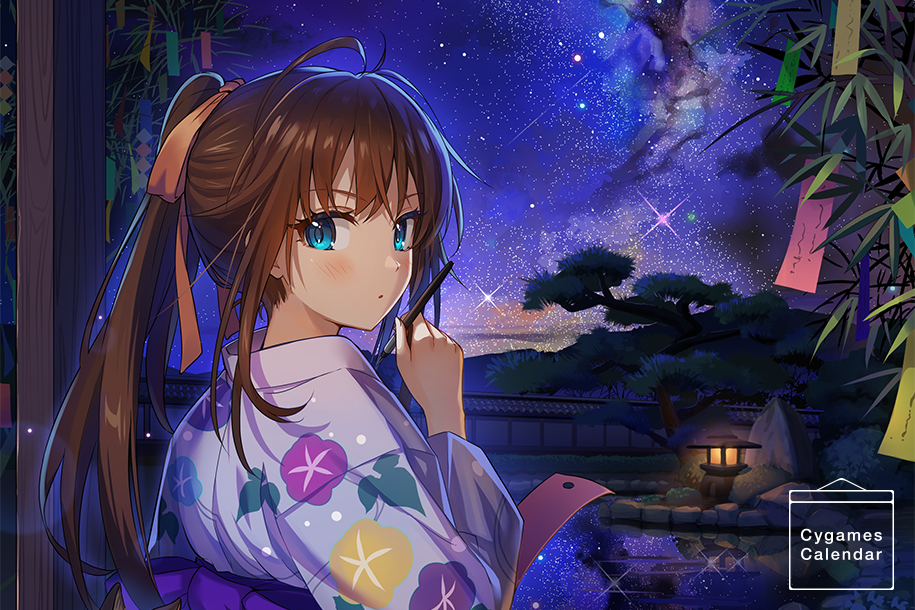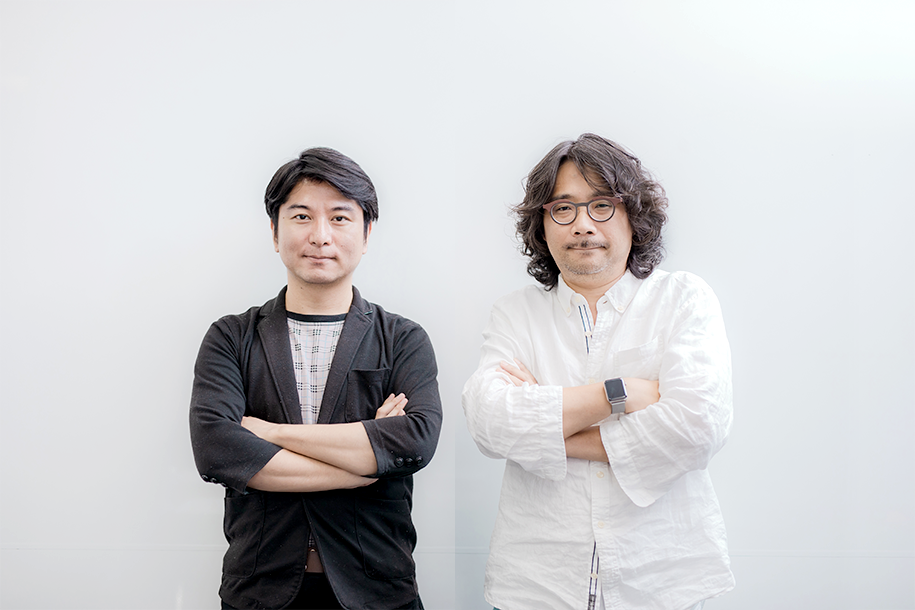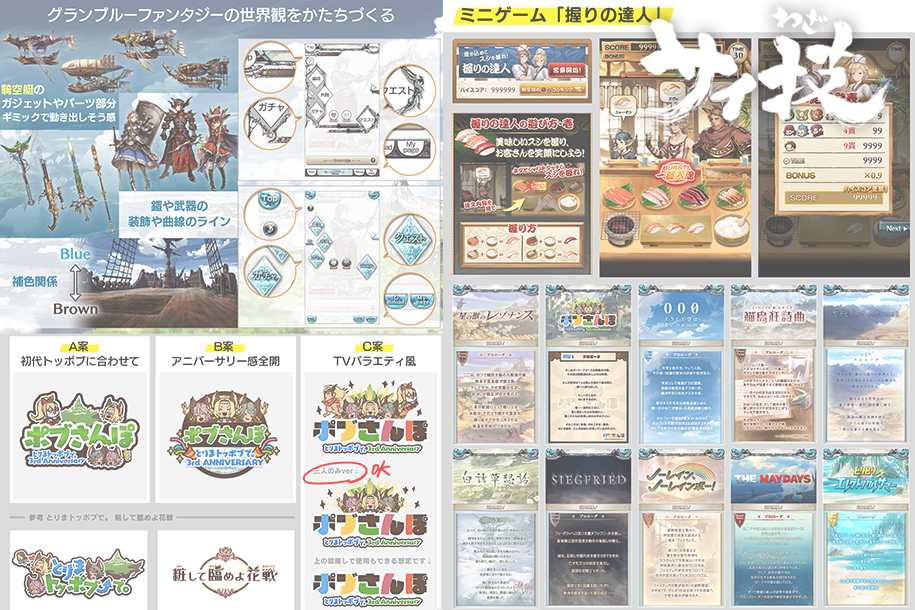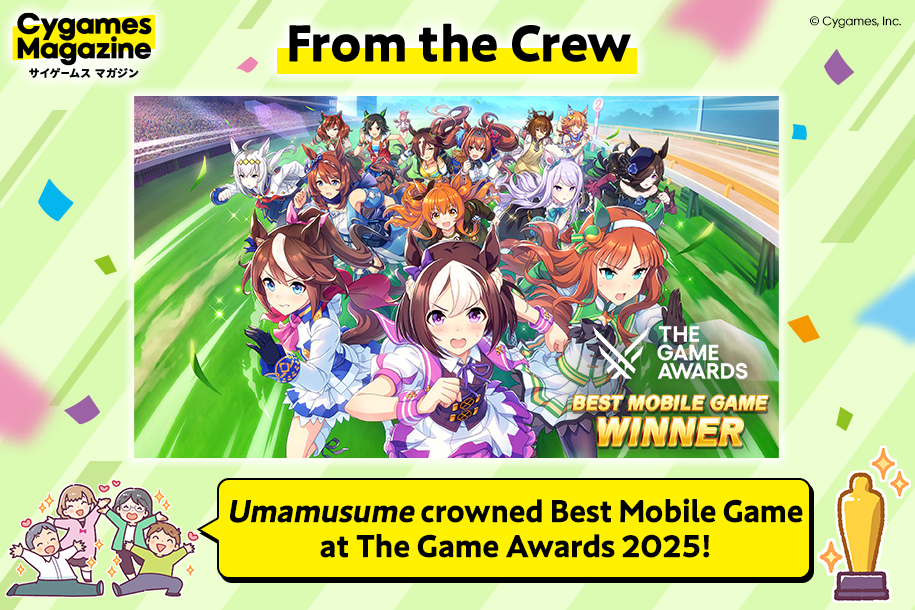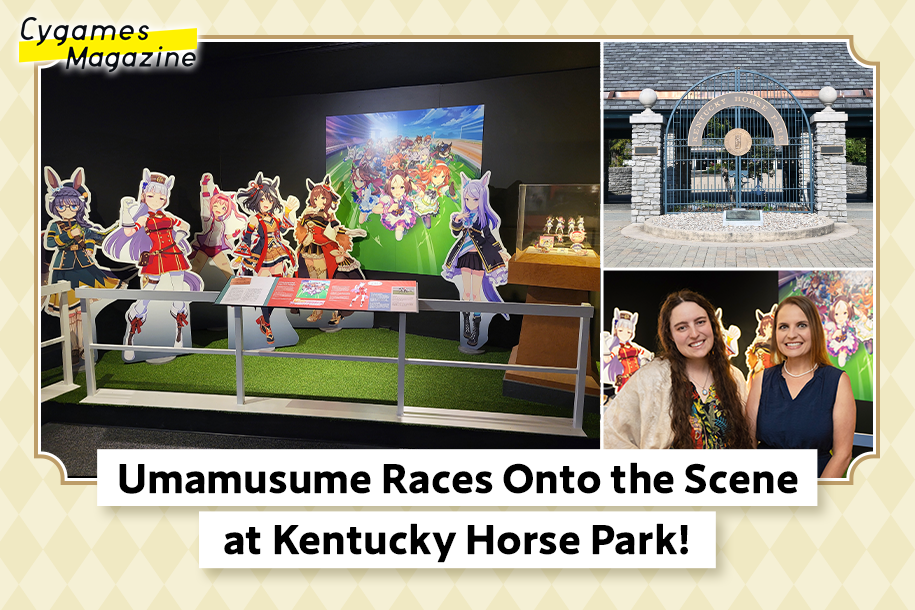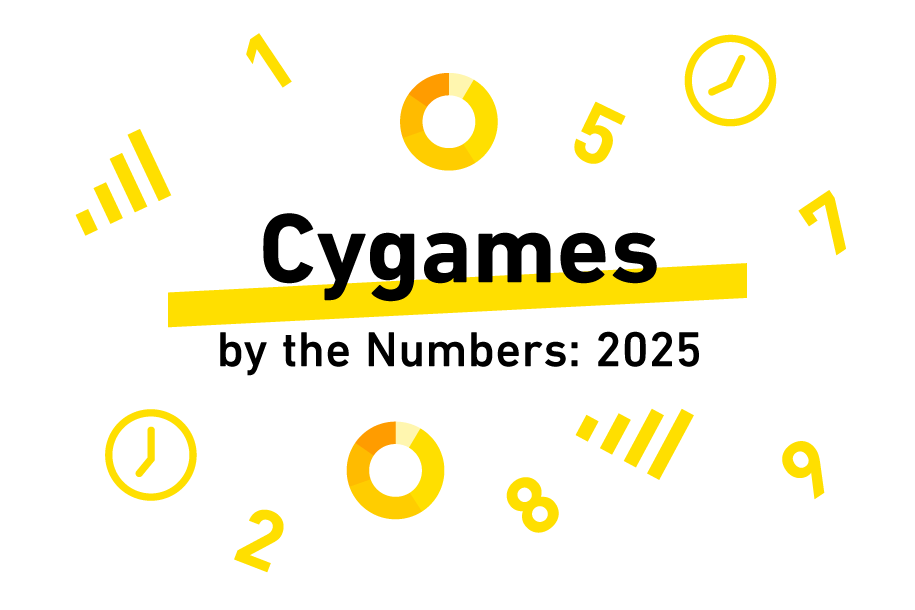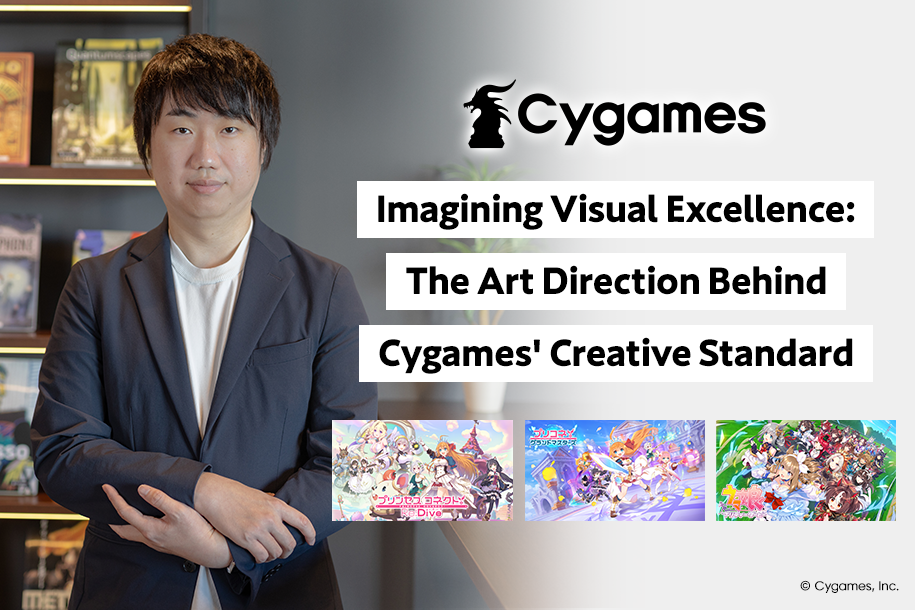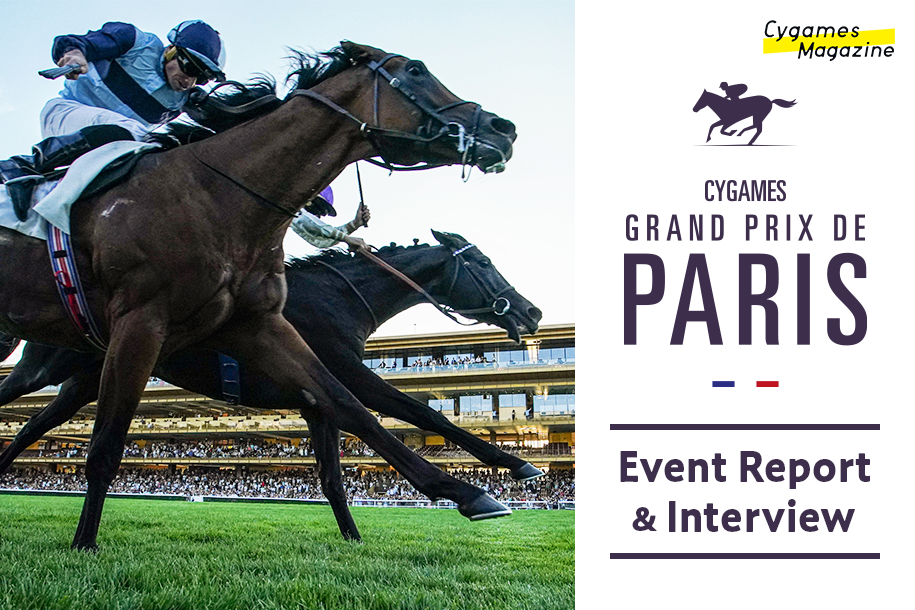World Flipper a Year In: Looking Back on Working from the Player’s Perspective
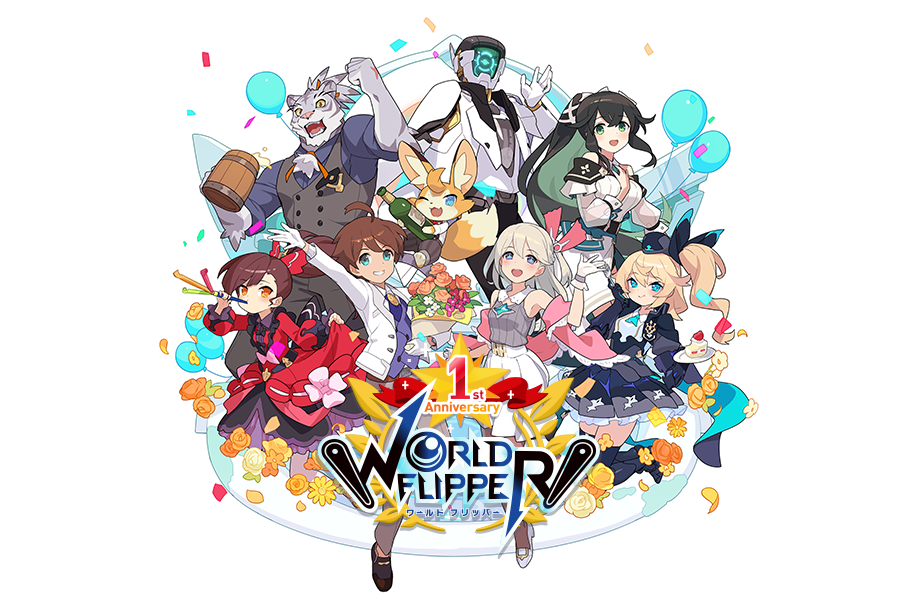
World Flipper, a pinball-themed journey through a world of pixel art, celebrated its first anniversary in November 2020. Over the past year, the first part of the main storyline has been completed, and the game has gone through various updates and added special quests. To mark the anniversary, we asked the development team to look back on the year and discuss the second part of the game.
Generating More Buzz than Expected!
A Year of Putting the Player First
Looking back, what kind of year was it?
It’s hard to believe it’s already been a full year. To put it simply, we ran a proverbial marathon to meet the expectations of our players. Initially, during development, we were preparing to gradually increase awareness of the game. Thankfully, we received a lot of attention right from the beginning of its release. The speed at which players cleared the game’s content exceeded our expectations, and at first we couldn’t keep up with the demand, so we kept racing to deliver what they wanted, and we were about 30 times busier than we anticipated.
The major focus of the past year has been on the completion of the first part of the main story and the revisions to create a better “player-first” experience.
Let’s start with the revisions. Were there any updates in particular that garnered a lot of feedback from the players?
Definitely the multiplayer boss fights. Making matching easier for multiplayer backup was a big change.
At the time of release, the biggest issue was that players were finding it difficult to recruit backup in multiplayer boss fights. In order to figure out how to improve this feature, we started by collecting matching data. We mainly looked at four things: the average time to match three players in a room, the average time between the random player backup button being pressed and the backup arriving, the percentage of players who clicked the button on each screen, and the accept/decline rate for each quest.
As we gathered information, we began to hypothesize that the root cause lay in the UI/UX and the system. The issue wasn’t a lack of players in the early days of release. In fact, there were a lot of people playing because of the buzz the game was generating.
So we came up with eleven suggestions for improvement. One of them was to make the backup feature more noticeable. So we added ripple effects in the game, as well as sound and vibration cues.
In the April 2020 update, we implemented measures to improve matching, and it paid off: the time to assemble three players was reduced by nearly half. It was a dramatic improvement, but we’re still working on making more improvements, so please stay tuned for future updates.
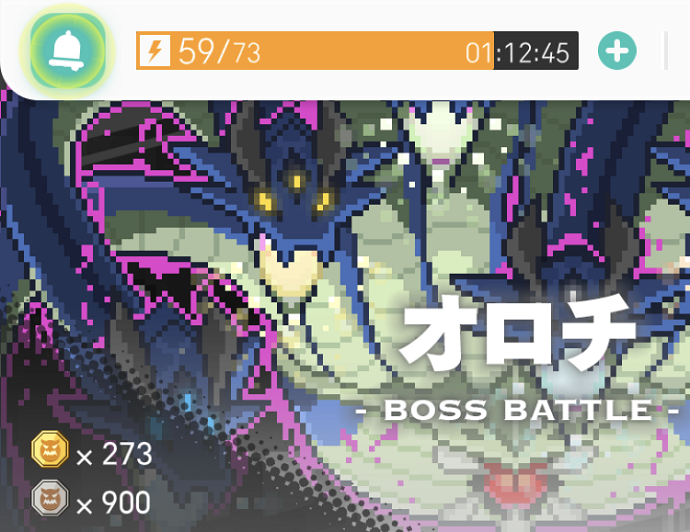
What were some more subtle changes that were made?
There were many. For example, we adjusted the speed at which you could power up characters with experience points (EXP) on the level-up screen. It used to take a long time if you tried to level up a character all at once. In the game, you have to hold your finger on the “power up” button to raise your character’s level and the speed at which EXP built up will gradually increase. In the beginning the meter took a while to fill and if you released your finger, you would have to start again with slower speeds. Holding your finger in one place on the screen is harder than it sounds, so we made the power-up meter fill up faster from the start.
However, it was difficult to adjust the speed because if it was too fast, it felt unnatural and pulled the player out of the experience. I think we fine-tuned it to where the speed is just right.
Were there any other memorable updates?
I’m happy with the way the party screen has been improved, because the response from players has been very positive. We made Skill Weights more visible on the meter, and made it easier to check the Ability Cores. We also adjusted the color of the character pedestal to show elemental attributes more clearly.
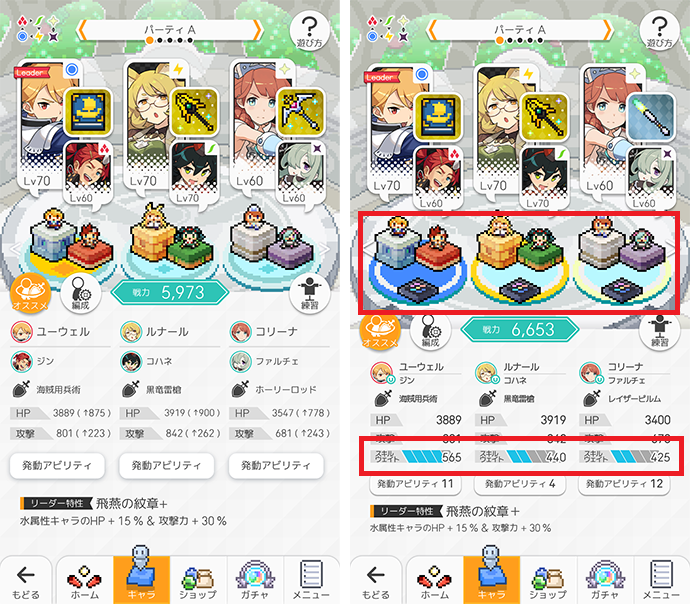
The one-year anniversary update also allowed for “groups.” Originally, you could form a party with 10 slots, but as the number of characters and content increased and many more combinations became possible, we were running out of slots.
In World Flipper, characters have different skills and abilities, and I think many people enjoy assembling teams like they would a puzzle. No one likes to break up a party that’s been put together because there aren’t enough slots in the game. It’s like taking apart a puzzle that you’ve spent a lot of time finishing.
We wanted to eliminate that kind of stress, so this time we made it possible to save 10 parties per group. With a total of 6 groups, that means 60 different parties can be saved. Also, with 6 groups it can be hard to tell them apart, so we added color-coding to make indexing easier. Furthermore, being able to change the party name allows you to express the flavor of the party. In addition, we also added a function to change the order of parties in a group and a copy function to create a new party based on an existing party.
We hope players can get the most out of the new and improved party screen.

Besides the groups, was there anything else you focused on for the anniversary update?
We made changes that can be enjoyed by everyone, from casual to serious players.
We added missions especially for beginners. These tutorial missions help players learn the basics such as equipping items and assigning secondary party members while actually enjoying the gameplay. There are four difficulty levels in the game and you can improve naturally by completing the missions. The eventual aim is to clear the boss fights at the highest difficulty, so we want players to play with that as their goal.

For advanced players, we added the Impossible difficulty for the Orochi boss fight. This boss requires more cooperation between players than ever before. Not only is its HP high, but we’ve added a battle gimmick that wasn’t available before, so we hope players will enjoy the challenge.

Do you prioritize the content of updates based on player feedback?
Of course, we always take player feedback into account, but the ideal updates provide fixes to problems before the players even mention them. Sometimes the director sends out requests for improvements, and sometimes other staff members suggest them. We also play the game ourselves a lot and try to improve it from the player’s perspective. We try to make each update useful in some way.
Looking Back on the Event Stories
Looking Ahead to Part 2 of the Main Story
Over the past year, there have been a variety of event stories. Among them, the first event featured a futuristic metropolis covered in advertisements. How did this idea come about?
It was the brainchild of a writer who was originally in charge of the main storyline and another member of the dev team. They wanted to portray a world in which humans mechanically augmented their bodies.
We were considering keywords like “mecha” and “human” to draw players in, and the cyberpunk theme arose. As we worked out more of the details, we tried to base the story on the main character, Alk, and his friends getting caught up in a conflict between corporations, and from there we asked the writer to flesh it out.

In Qualia City, where the story takes place, cybernetic enhancements to eyes, limbs, and brains are common among the lower and middle classes. We asked the illustration team to adjust the degree of cybernetic augmentation according to social class, based on the story’s setting.
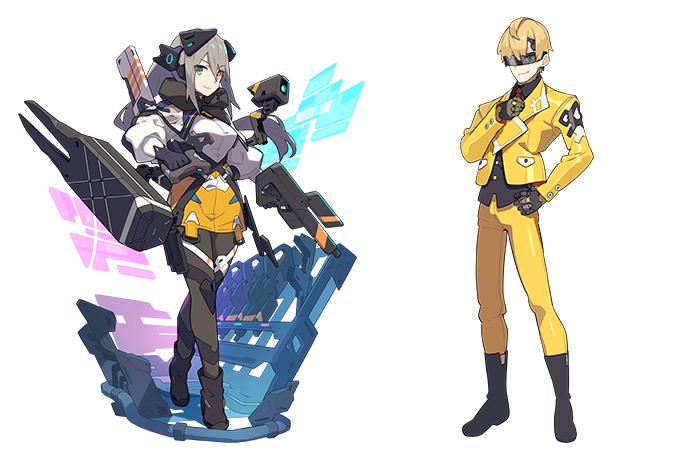
The advertisements are always front-and-center in your cyberpunk world.
When describing a conflict between two corporations, we wondered what the point of contact would be between the companies and society, and “advertising” came to mind. We thought it would be interesting to see all sorts of advertisements by the two corporations filling the sky.
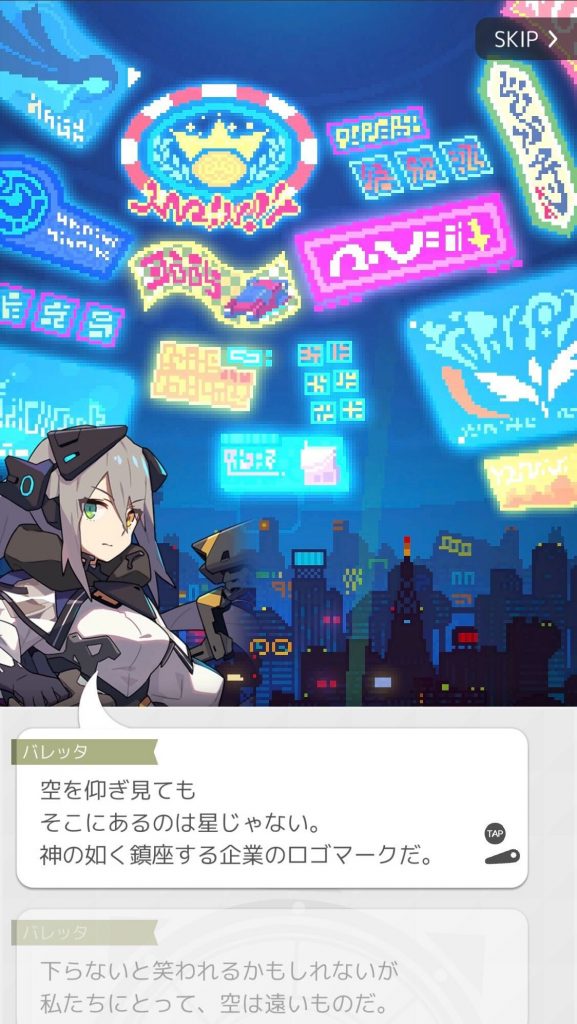
By the way, we sometimes read the lines out loud to each other to enhance the realism, but the head writer got so into it, they lost their voice.
You also did a tie-in event with the anime series Zombie Land Saga. What did you keep in mind to preserve each game’s worldview?
Because World Flipper allows you to jump to various places, it feels like any collaboration between Alk’s world and another can work seamlessly. We wanted this to be an adventure between people from different worlds, so we thought a lot about how they came to be in the world of World Flipper, and how their special powers can be used within the boundaries of that setting, and so on.
For the tie-in with Zombie Land Saga, it was difficult to create a world that would work in World Flipper while taking advantage of the anime setting. As a result of discussions between our team and Zombie Land Saga’s, we had the members of the idol group Franchouchou get lost in the world of World Flipper. To return to where they came from, they have to start performing as idols in an otherworldly saga.
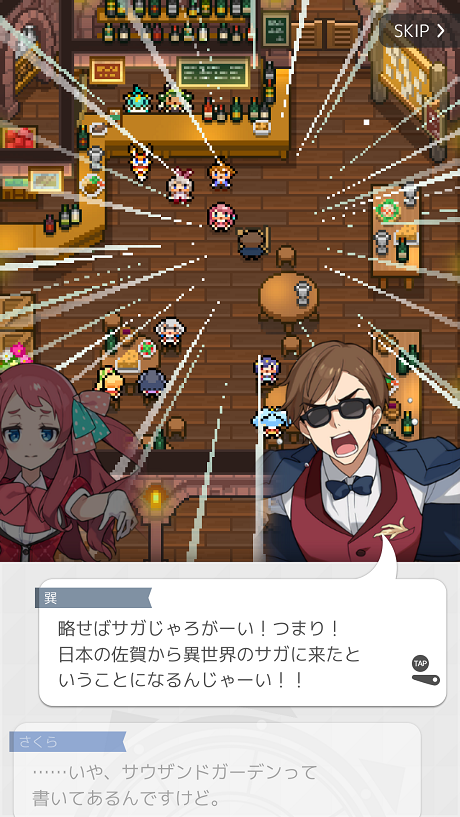
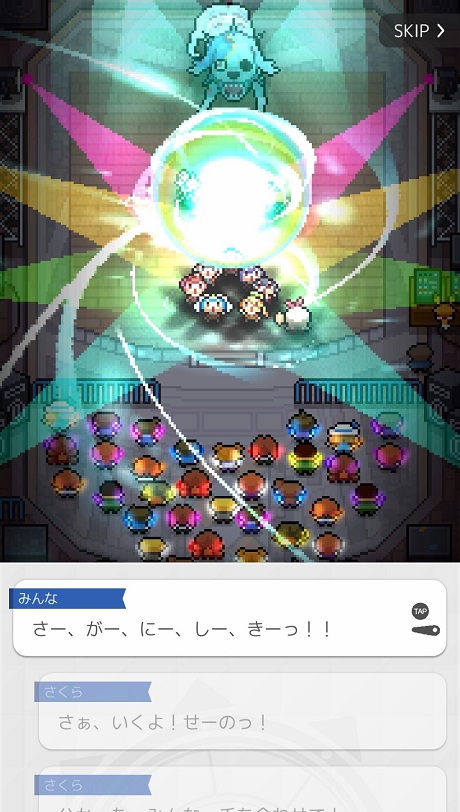
I’ve heard that special attention is paid to the emotions of new characters in the stories.
Yes, we’re very conscious of the natural flow of the characters’ emotions. If the characters are driven by ambiguous emotions, the story begins to unfold in a self-serving way, and players won’t be able to relate to them.
Why are the characters there and what do they think when they talk to Alk or Stella? We take both of these things into account so it will be consistent with the emotional feel of the source material and still be a compelling narrative.
The main storyline also has a particular narrative and emotional flow.
Yes, we’ve been reconsidering the bigger picture of the story and the characters at every turn this past year. We’ve been rigorously checking to make sure we’re not developing for the writer’s convenience, and we’ve talked with the writers about the characters’ emotions, what events they want to unfold, and what they want to convey.
The more detailed the scenario became, the more variations we made in the pixel art design and the illustrations of the characters. There are about 40 different facial illustrations for Alk and other characters because we wanted to convey specific emotions. The effects and presentation of the pixel art have also been refined, and the backgrounds and characters are becoming richer and richer. We are working in an environment in which things move at a dizzying pace, and the amount of time we can devote to this work is limited, but we want to continue to provide high quality content going forward.
What can you tell us about the future of the main storyline?
Although the first part is complete, some questions remain unanswered at the end of Chapter 8. Who is the Purger, who is the Brave, and what new truths will be revealed by Stella’s power? The questions that were left vague at the end of Part 1 will become clear in Part 2.
We will also reveal Alk’s home world of Palpebra, and questions surrounding The Kaleidoscope from the event quests will be answered.
The first anniversary event story is also set in Palpebra. The story of a treaty of friendship with the neighboring Farlands is intertwined with the game’s anniversary, and we hope players will enjoy it.
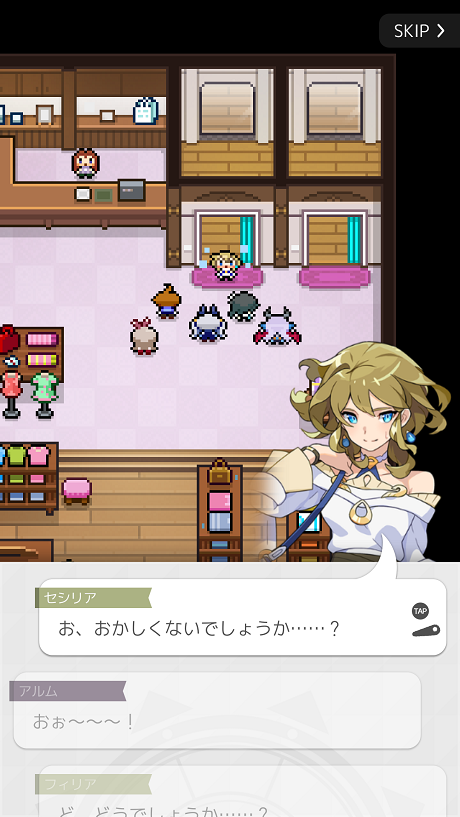
Growing Our Player Base and Longevity
Looking Towards the Second Anniversary of World Flipper
What are your aspirations for the second anniversary?
The development team has a shared ethos of making the game enjoyable for as many people as possible, so that they keep coming back to play again.
In terms of longevity, regularly adding content such as boss fights and expert battles is key to keeping players interested. We want to continue to improve our development and management system to ensure that existing players will never get bored of the game. To that end, we’ve increased the number of elements that allow players to develop their characters and increase the range of ways they can play.
Also, in order to reach more people, it is essential to have more event stories and tie-ins. We hope that this will attract new players and encourage those who have stopped playing the game to pick it back up.
Just as we kept our focus broad for the first anniversary update, we will be developing features for both new and existing players to enjoy, so we hope they look forward to what we have in store.
Lastly, based on our own experience as players, as well as from feedback we receive, making the game accessible for everybody isn’t a goal in and of itself.
The more content we add, the more diverse our players’ needs will be. We are not satisfied with resting on our laurels, and we will work hard in the coming year to provide regular updates so that many people can continue to enjoy World Flipper for a long time.
© ZOMBIE LAND SAGA PARTNERS



